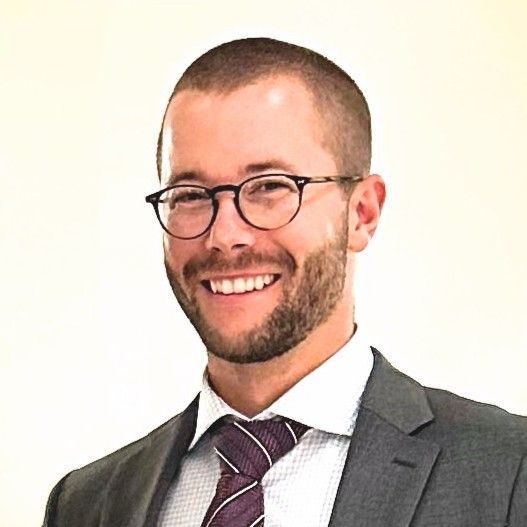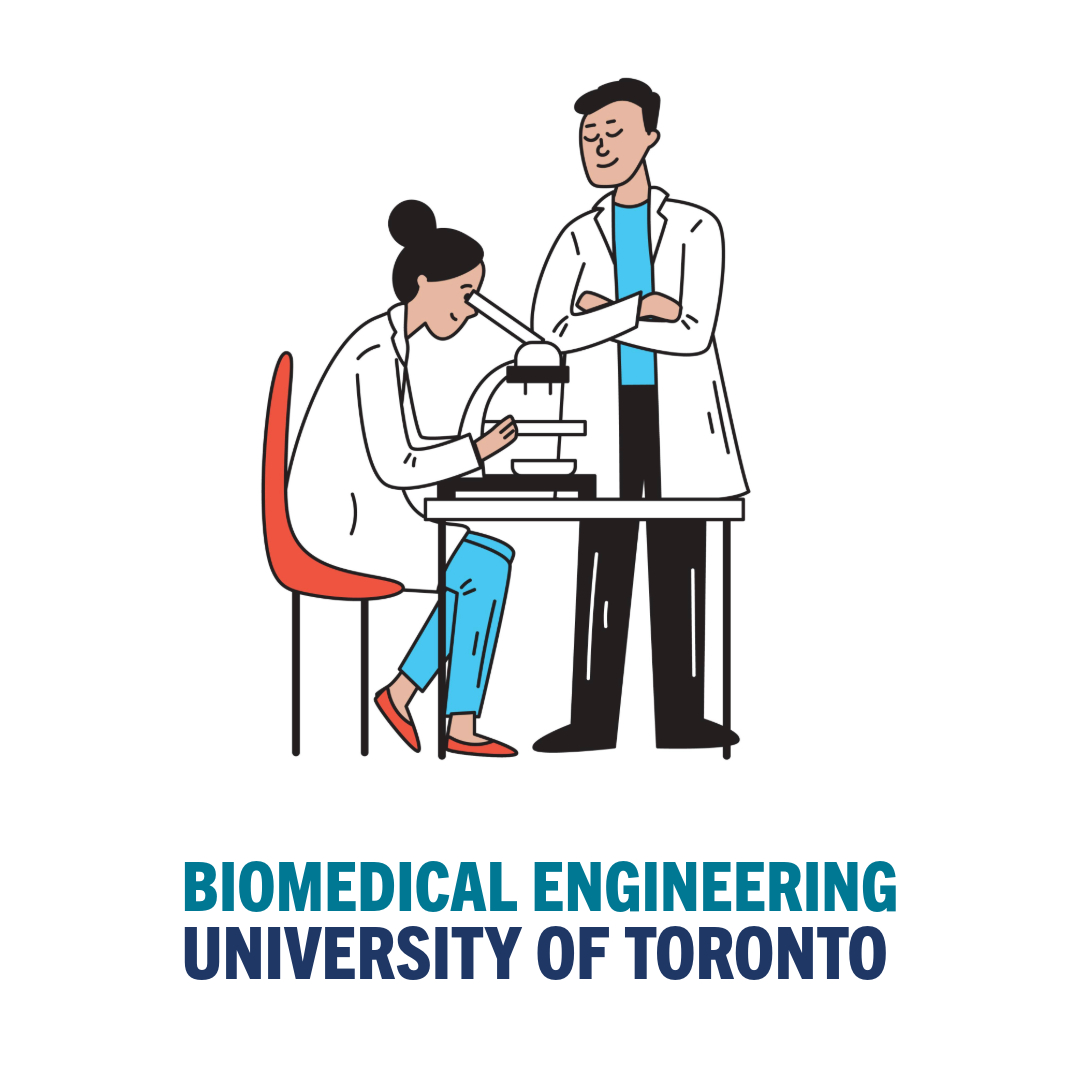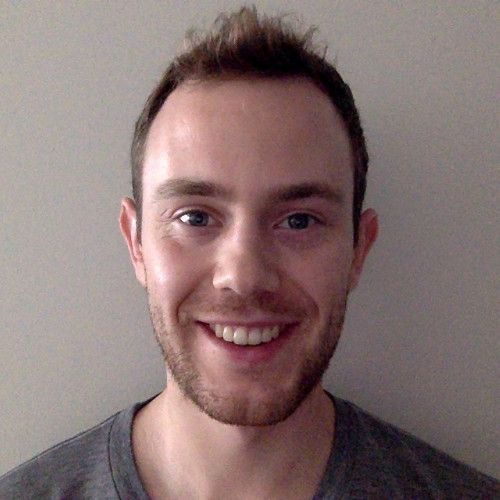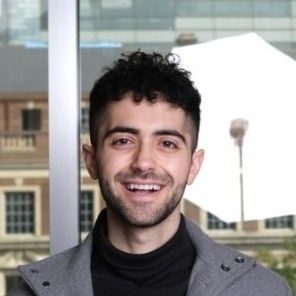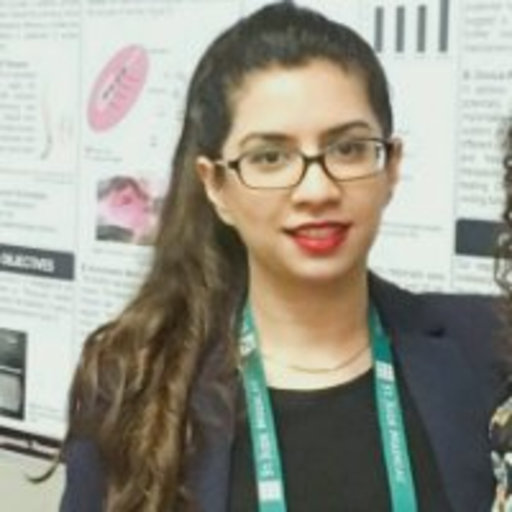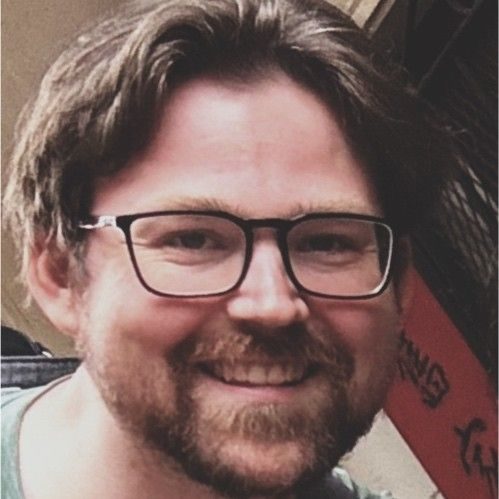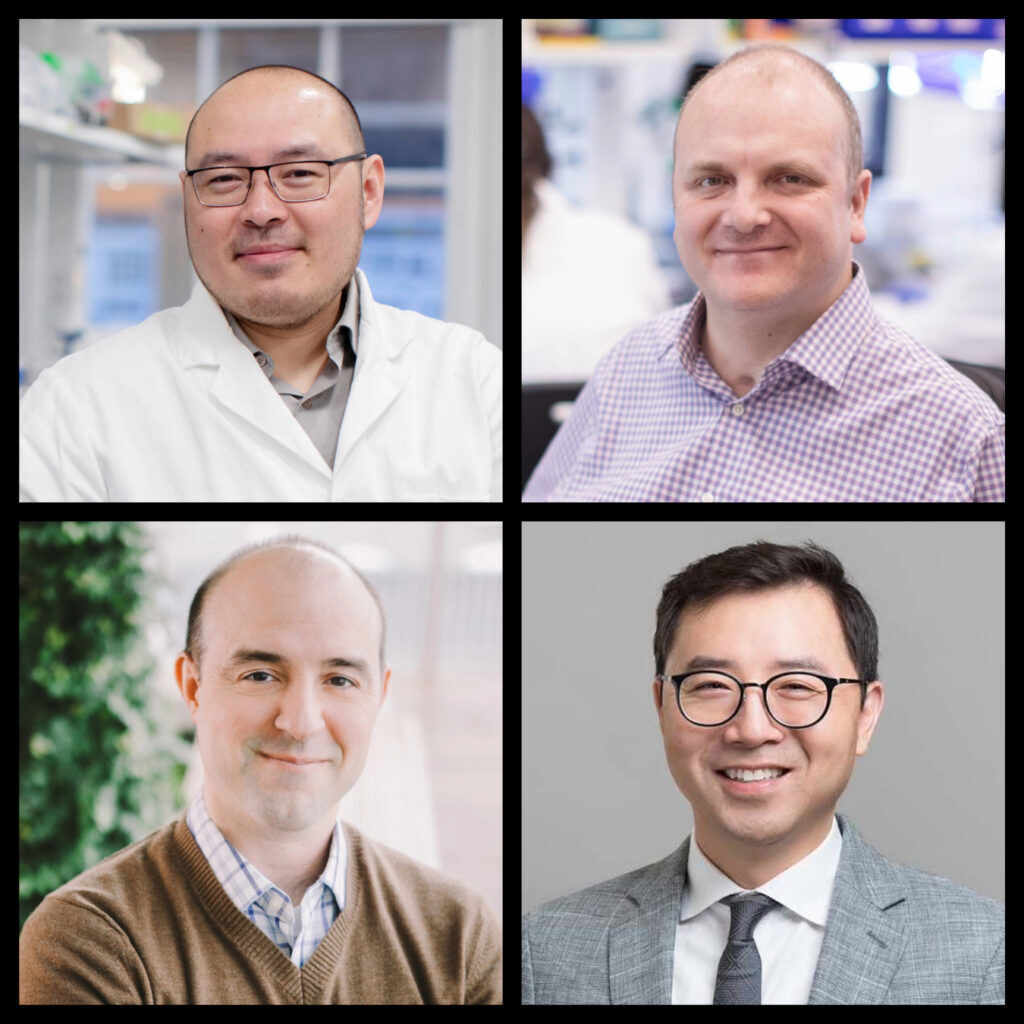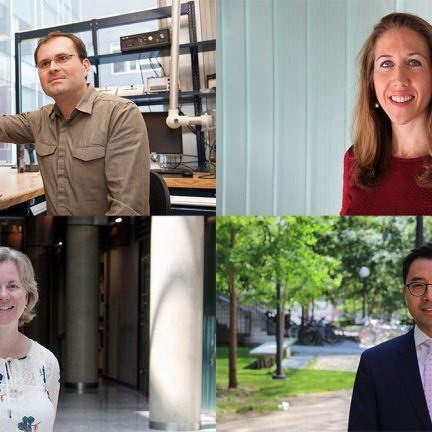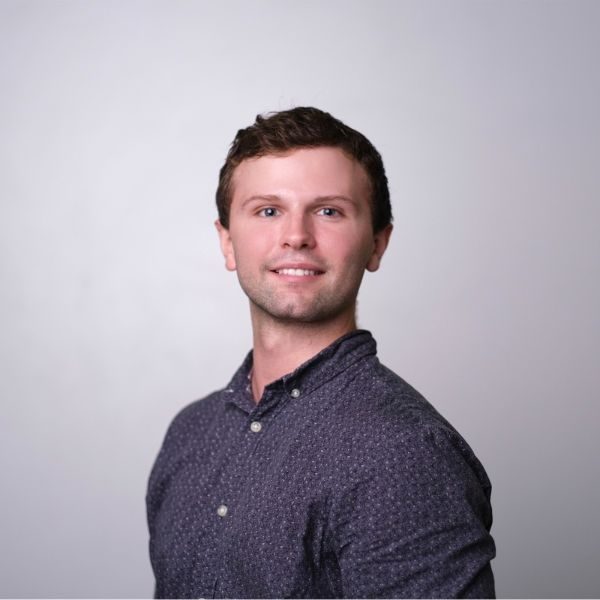
Paul Yoo
Associate Professor & Associate Director, Professional Programs
PhD, PEng
Research Stream: Clinical Engineering
Email & Telephone: directory.utoronto.ca | Office: Lassonde Mining Building (MB), 170 College Street, Room 321
Main Appointments
- Institute of Biomedical Engineering
- Edward S. Rogers Sr. Department of Electrical & Computer Engineering
- Chair, Biomedical Systems Engineering Major, Division of Engineering Science
Research Interests
A fundamental goal of neural engineering is to better understand the role of the nervous system—in both normal and pathological states — and thus develop clinically effective therapies based on electrical neuromodulation.
Examples include functional electrical stimulation in persons with spinal cord injury (e.g., reanimation of movement), hypoglossal nerve stimulation for obstructive sleep apnea, and sacral neuromodulation for urinary function.
Although, in some cases, serendipitous discoveries have lead to therapies in which the precise neural mechanism is not fully understood: deep brain stimulation, vagus nerve stimulation, and cortical stimulation.
Despite the different pathways to discovery, it is clear that these “neural prostheses” can make an immediate and profound impact on the quality of life for millions of people around the world.
Since my initial graduate work in studying the feasibility of selective hypoglossal nerve stimulation for obstructive sleep apnea, the scope of my research has expanded to investigating neural reflexes as a means of restoring bladder function in persons with spinal cord injury.
Through parallel studies conducted in both the laboratory and clinical settings, I have been able to both expand our understanding and also validate our findings regarding the anatomical innervation and the neurophysiology of the lower urinary tract.
More recently, my area of research has extended to corporate sponsored projects that seek to better understand the neural mechanisms of various emerging clinical therapies: vagus nerve stimulation for chronic heart failure, posterior tibial nerve stimulation for treating urinary symptoms, vagus nerve stimulation for obstructive sleep apnea, and investigation of proprietary stimulation waveforms aimed at selectively modulating peripheral nerves.
I will pursue three areas of study that will form the basis of my research program at the University of Toronto. The first two topics will extend my current interest in the areas of lower urinary tract dysfunction and obstructive sleep apnea, while the third topic will explore novel areas of research related to vagus nerve stimulation (e.g., epilepsy).
The complex nature of each problem will require a collaborative effort between clinicians and engineers, and most importantly, the training of graduate and post-doctoral students to become independent researchers at the forefront of neural engineering.
News & Stories
Alumni graduate with BME degree
12 users
